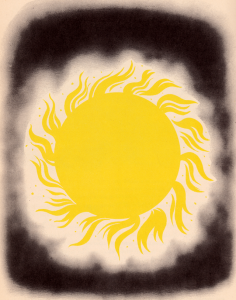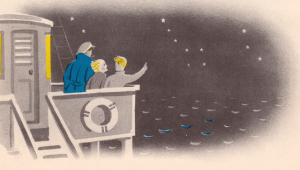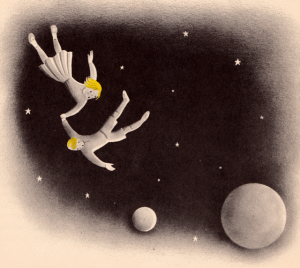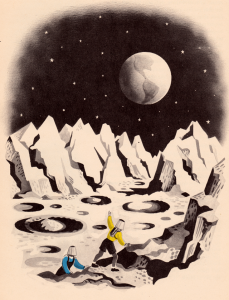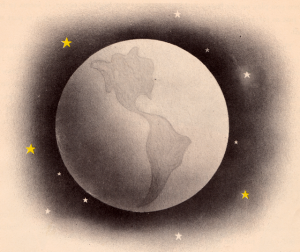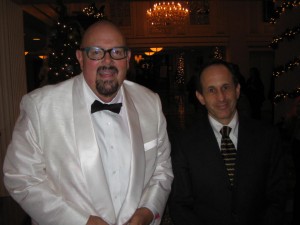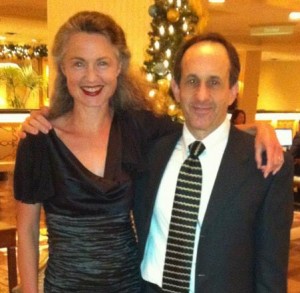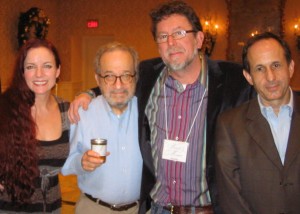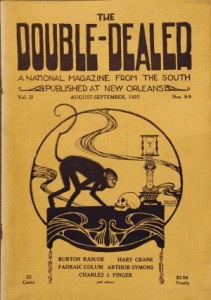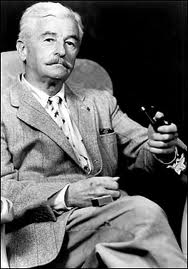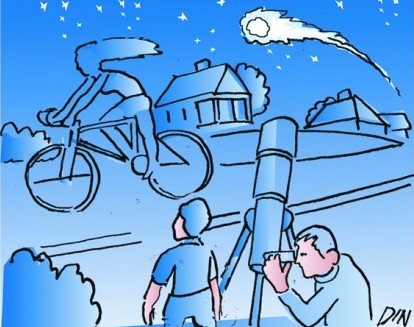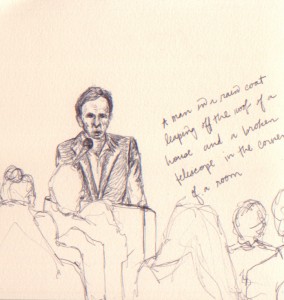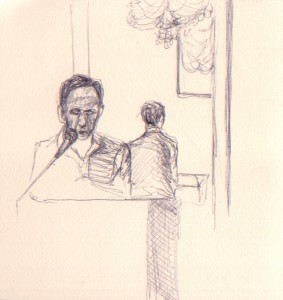From Slate Magazine, here are “12 Cool Facts About Comet ISON“–maybe more than you’d ever want to know–plus photos and a video:
12 Cool Facts About Comet ISON
By Phil Plait
Nov. 21, 2013
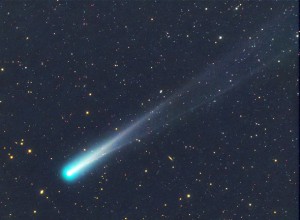
[Comet ISON on Nov. 12, 2013. Photo by Michael Jäger.]
Over the years we’ve had some pretty amazing comets swing by our planet. I remember the ones I’ve seen myself: Hyakutake, Hale-Bopp, Holmes, Pan-STARRS, McNaught… they were all beautiful and amazing sights.
Now we have C/2012 S1 (ISON) passing our way, and it’s certainly grabbing attention. It’s brightened substantially in just the past few days, so now’s the time to see it! The pictures people are taking are phenomenal, and there’s plenty of science pouring in as well.
Everyone loves a good picture, of course, but comets are amazing well beyond just their stunning beauty. So I figured I’d take this opportunity to tell you a few things about this comet, a handful of facts to nourish the part of your brain seeking out wonder. Keep these in mind while you’re gawking at the gorgeous pictures.
1) ISON is a n00b.
Some comets are on long, elliptical orbits dropping them in to the inner solar system before sailing them back out to the depths of space. There, they slow, stop, then fall once again back into the warmth and light. Comet Halley, for example, is on a 75-year orbit that takes it out past Neptune.
But some are more extreme. If they get an extra kick on their way in — perhaps from a collision, or a boost by a planet’s gravity — their elliptical orbit gets turned into an open-ended hyperbola: they have more than enough energy to leave the solar system forever. Once they’re gone, they’re gone.
ISON is a hyperbolic comet, which means this is it: These next few weeks are our only chance to see it. After it swings back out, it ain’t coming back. This is likely its first tour of the inner solar system as well, which is why scientists are so excited about it; we’re seeing a pristine comet, billions of years old, a relic of the ancient solar system. It’s a time capsule, letting us study what conditions were like when the Sun and planets were young.
2) ISON is a sun-diver.
The orbit of ISON takes it very, very close to the Sun’s surface. Next week, on Nov. 28, it will skim a mere 1.1 million kilometers (about 700,000 miles) above the Sun’s surface. Given that the Sun is 1.4 million km across, that’s a mighty close shave! The heat it feels will be intense, and it may not survive the encounter (see #10 below).
3) When it passes the Sun, it will be moving at 360 kilometers per second.
Imagine dropping a rock. The higher you drop it, the longer the Earth’s gravity has to pull on it, and the faster it’ll be moving when it hits the ground.
The fastest a rock can hit the Earth is if you drop it from infinitely far away. When it hits it’ll be moving at escape velocity — and the physics of dropping it is reversible, so if you throw a rock at escape velocity it will continue on forever (hence the term “escape velocity”).
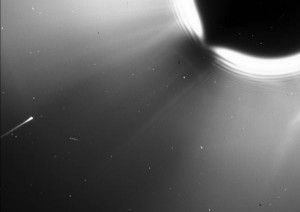
[Comet SWAN on a death dive into the Sun in 2012. Photo by NASA / ESA / SOHO]
The same is true for a comet rounding (or, in some cases, impacting) the Sun. Since ISON is falling from essentially infinitely far away, when it goes around the Sun it’ll be moving at the Sun’s escape velocity at that distance, or just about 360 km/sec (225 miles/sec). How fast is that? Well, it’s hundreds of times faster than rifle bullet, for example, and over 1500 times faster than a commercial jet — at that speed, the comet would cross the continental United States in about 15 seconds.
In fact, it will be moving at 0.1% the speed of light! That’s far faster than any human-made space probe has ever traveled. And the only propulsion it uses is gravity.
[CORRECTION (Nov. 22, 2013 at 16:15 UTC): I made an error in the calculation for this section, using the escape velocity for the Sun’s surface, and not for the distance ISON will be from the Sun’s center. This deserves a longer explanation, so I wrote a follow-up post about it, and simply corrected the problem here.]
4) The solid part of ISON is only about two kilometers across.
Comets are actually lumps of rock, gravel, and ice mixed together. This solid part of the comet is called the nucleus, and some are huge; Hale-Bopp had a nucleus about 30 km (20 miles) across.
ISON, though, is tiny, only about 2 km (1.2 miles) across. Heck, plop it down in the middle of the Rocky Mountains and you’d hardly notice it! The size has been estimated using images taken from the Hubble Space Telescope, which in reality only give us an upper limit. It might even be smaller.
Still, that’s enough to make the comet visible to the naked eye even from a distance of a hundred million kilometers! How can that be? Why, it’s because…
5) The coma is well over 100,000 km in size.

[A very rough comparison of the physical size of ISON’s coma and the Earth. On this scale, the solid nucleus of ISON would be about the size of a bacterium. Comet photo by Damian Peach.]
When you look at a picture of ISON (or any comet), you’re not seeing the nucleus. You’re seeing the gas surrounding it that was once frozen beneath the surface. When the comet gets near the Sun this ice warms and turns directly into a gas. It escapes the weak gravity of the nucleus, forming the fuzzy coma around it.
Since the coma isn’t solid, it doesn’t have a sharp edge. But on Nov. 15, the coma for ISON was estimated to appear about 3 arcminutes across (that’s a size on the sky; the Moon is 30 arcminutes across for comparison). Since ISON was about 140 million km (90 million miles) from Earth at the time, that would put the coma at a size of about 120,000 km (80,000 miles). That’s ten times the diameter of Earth!
6) The tail of the comet is (at least) 8 million kilometers long.
Once the gas (and ejected dust) in the coma is out in space, it can be affected by both the solar wind and the pressure of sunlight. It streams away, forming one or more long tails. Like the coma, this is extremely rarefied gas, so it doesn’t really have an edge, but the tail of ISON has been measured to be at least 8 million km (5 million miles) long. That’s 20 times the distance of the Moon from the Earth.
7) The tail is essentially a vacuum.
Weirdly, despite being bright and obvious, a comet’s tail is incredibly ethereal. The density of atoms in a typical tail can run up to about 50,000 atoms per cubic centimeter. Sound like a lot? In a cubic centimeter of air at sea level, there are 1019 (10,000,000,000,000,000,000) atoms/molecules per cc! Compared to the air we breathe, a comet’s tail is a hard vacuum. It’s only bright because it’s so big, and reflects sunlight.
8) The total mass of the comet is about 2 – 3 billion tons.
Ice isn’t terribly dense; it floats on water! If ISON is a typical mix of ice and rock, it has a density of about 600 kg per cubic meters. Assuming it’s a sphere two km across, that gives it a mass of roughly 2 – 3 billion tons. That may sounds like a lot, but remember, ice is far less dense than rock. A small rocky mountain would be far more massive.
9) ISON is shrinking.
Measurements of how much water ice is leaving the comet’s surface indicate it’s losing about 1029 molecules of water every second (bearing in mind this goes up and down all the time). Doing the math, I get that this is about three tons per second — enough to fill an Olympic pool in about ten minutes. That’s a fair amount, but given the total mass of the comet, it would take about 25 years at this rate for the comet to totally disappear. Since it’s only shedding mass for the few weeks it’s near the Sun, it’s got mass to spare. Thanks to @SungrazingComets and the Comet ISON Observing Campaign for their help with this.
10) ISON may disintegrate.
That doesn’t mean it’s safe, though! Some comets aren’t terribly solid; the ice is what holds them together. As they near the Sun and the ice starts to go away, big chunks can break off (called “calving”). In some cases the comet can disintegrate spectacularly. Even if they survive their plunge down to the Sun, some comets get so close they evaporate; we’ve seen that happen too!
It’s not clear if ISON will survive its close shave with the Sun. As of right now it seems to be OK, but who knows what the next few days will bring.
11) ISON won’t hit the Earth.
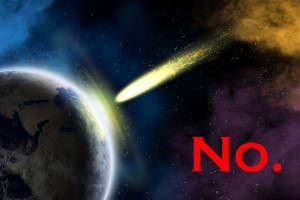
Whenever there’s a bright comet (or near pass of an asteroid), conspiracy buffs start thinking it’ll hit us. Don’t worry about ISON. The closest it will get is on Dec. 26, 2013, when it will be about 60 million km (40 million miles) from Earth. That’s 150 times farther away than the Moon.
12) You can see it for yourself, and it may become visible in broad daylight.
Right now, ISON is bright enough to see naked eye, and easily with binoculars. It’s jumped in brightness twice just in the past week or so! As it gets near the Sun it’ll get brighter, but harder to find because, duh, it’s getting near the Sun.
However, sometimes comets like this get incredibly bright when they are close to the Sun. In 2007, I saw comet McNaught at noon. Yes, noon. It was difficult, and I had to be very careful; you don’t want to wind up looking right at the Sun, especially in binoculars, unless boiled eyeballs is something you want. Seriously, don’t just scan around with binoculars looking for the comet, because it’s very dangerous and can blind you.
There’s no way to know right now, but it’s possible that ISON will be visible in broad daylight to the naked eye for the short time it’s near the Sun. It could be possible to see it during the day if you position yourself so that the Sun is blocked behind a tree, or the edge of a house. It depends on the exact position of the comet relative to the Sun, of course.
Again, doing this is difficult and you shouldn’t attempt it unless you know what you’re doing. I’ll note that in general, glancing briefly at the Sun won’t hurt a normal eye with an undilated pupil, but it’s not a good idea to do it too much, and it’s more dangerous for kids (their lenses let through more UV light than adult eyes).
Your better bet is to wait a few more days. Once ISON rounds the Sun, it’ll be visible in the west after sunset for a few weeks for those of us in the northern hemisphere, so watching it will be far easier (right now you have to get up at about 5:00 a.m., before sunrise, to see it). Here’s a finder chart (Sky and Telescope has another as well) that’ll help you spot it; planetarium software for mobile devices are great too (I like Sky Safari, but there are many to choose from). You can find plenty more finder charts online. I’ll note it’ll fade with time, but around Dec. 20 or so it should be out of the Sun’s glare, and (hopefully) easily visible with binoculars.
[UPDATE (Nov. 22, 2013 at 16:15 UTC): I’ll note that once it passes the Sun, the comet will still be visible in the east before sunrise in the morning as well as in the west after sunset in the evening. I explain this in a follow-up post.]
Seeing a good comet is a wonderful experience, and ISON gives us a chance to experience something that will only come around once, quite literally. This isn’t science fiction, or something out of a movie: This object exists, and it’s just one small part of a much grander universe that’s out there. I hope you can take a moment to drink that in.
